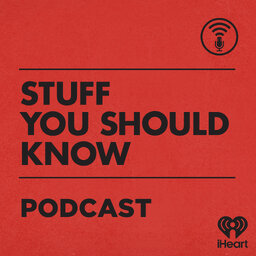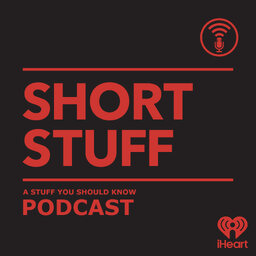How Pain Works
In recent decades we’ve come to understand that there’s a lot more to pain than: touch hot stove/feel burning hand. Pain is a far more sophisticated experience and, unfortunately, a system that can often go haywire, with terrible effects.
Learn more about your ad-choices at https://www.iheartpodcastnetwork.com
 Stuff You Should Know
Stuff You Should Know


